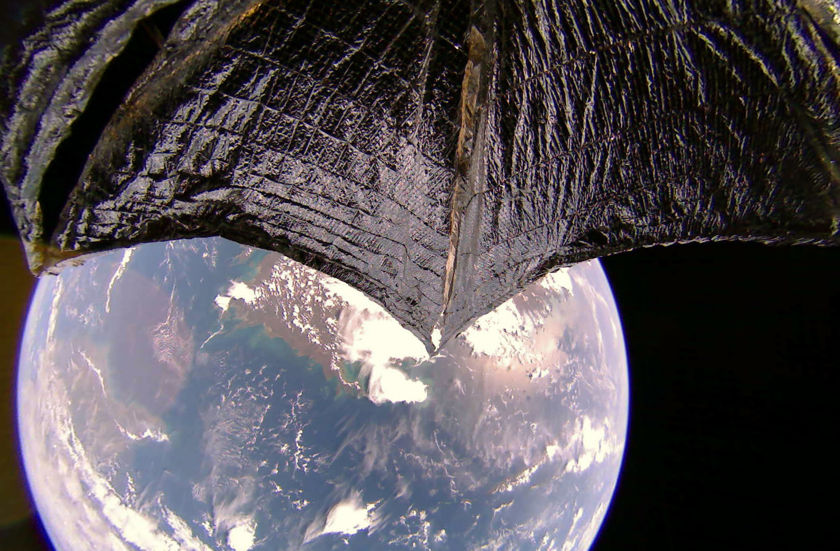LightSail 2 deployed it solar sail five months ago, and it’s still orbiting Earth. It’s a successful demonstration of the potential of solar sail spacecraft. Now the LightSail 2 team at The Planetary Society has released a paper outlining their findings from the mission so far.
The solar sail concept has been around for a while, all the way back to Johannes Kepler, in fact. Back in 1607 Halley’s comet passed overhead, and Kepler noticed how the comet’s tail streamed away from the Sun. He thought, correctly as it turns out, that sunlight was responsible. In a letter to Galileo that’s kind of famous in astronomy circles, Kepler said, “Provide ships or sails adapted to the heavenly breezes, and there will be some who will brave even that void.” Pretty cool.
Of course there was no way for Kepler to know how right he was. But now, thanks to The Planetary Society and others, we do.
The Planetary Society is a pioneer in the solar sailing field. LightSail 2 is actually their third solar sail spacecraft, following in the footsteps of LightSail 1, and their original precursor the Cosmos 1, which didn’t reach orbit when its launch rocket failed. A third solar sail spacecraft, called LightSail 3, will reach the Sun-Earth libration point L1 if all goes well.
As one of the first solar sail spacecraft, LightSail 2 is teaching us valuable lessons about solar sailing’s potential and limitations. On January 10th, the Planetary Society released a paper outlining some of those lessons. The paper is titled “Orbit and Attitude Performance of the LightSail 2 Solar Sail Spacecraft.”
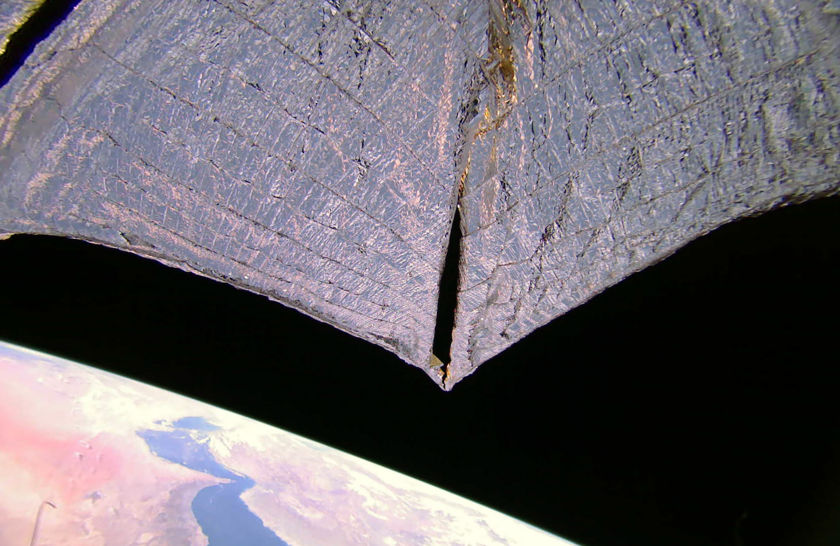
LightSail 2 is slowly succumbing to drag, and making its way closer to Earth. When it was deployed, orbital modeling predicted that it would fall to Earth about one year after its sails were deployed. But the spacecraft is in a high-Earth orbit at about 720 km (447 miles,) much higher than other satellites and spacecraft like the International Space Station, which orbits at 400 km (249 miles.)
There’s relatively little data on atmospheric density at that altitude, and on the resulting orbit decay, so the one year prediction wasn’t precise. But thanks to LightSail 2, we now know that atmospheric drag at that altitude is strong enough to pull LightSail 2 toward Earth.One of the reasons for that is the spacecraft is not always solar sailing.
During each 100 minute orbit, LightSail 2 spends only about 28 minutes capturing solar photons, and that’s the only time it can change its trajectory. The rest of the time is spent either in eclipse, moving directly towards the Sun, or adjusting its orientation. That 28 minutes of actual sailing time is not enough to fully counteract the atmospheric drag.
That’s just one of the things The Planetary Society has learned from their LightSail 2 project. But within those orbits, there are other variables.
The team compared LightSail 2’s performance when it was randomly oriented vs when it was actively oriented for solar sailing. They found that when the spacecraft was randomly oriented, the semi-major axis of its orbit decreased by 34.5 meters per day. When it was actively oriented, the same measure shrank by only 19.9 meters per day. But there’s a lot of variation in its orbit, and sometimes the tiny spacecraft increased its orbit by 7.5 meters per day.
The video shows one single orbit for LightSail 2. Notice the red and blue lines superimposed on the spacecraft. The red line shows the direction of the Sun, and the blue line is the direction of the local magnetic field. When approaching the Sun, the spacecraft feathers its sails, and when it’s actively sailing, it turns its sails to catch the Sun’s photons. The Sun to -z angle changes from roughly 90 degrees to roughly 0 degrees.
In general terms, solar sailing can’t overcome atmospheric drag, but that’s not what these spacecraft are really designed for. Their potential lies in interplanetary travel, free from atmospheres and planetary eclipsing effects. NASA’s NEA Scout (Near Earth Asteroid Scout) spacecraft will spend two years under solar sail propulsion to reach an asteroid, though it will receive an initial propulsion boost from cold gas thrusters.
LightSail 2’s apogee and perigee have been cycling up and down over the five months since its deployment. Immediately following deployment, the spacecraft raised its apogee, making it the first solar sail spacecraft to do so. At the same time, the perigee decreased. It experienced a reversal of the trend in late October, and a reversion in December.
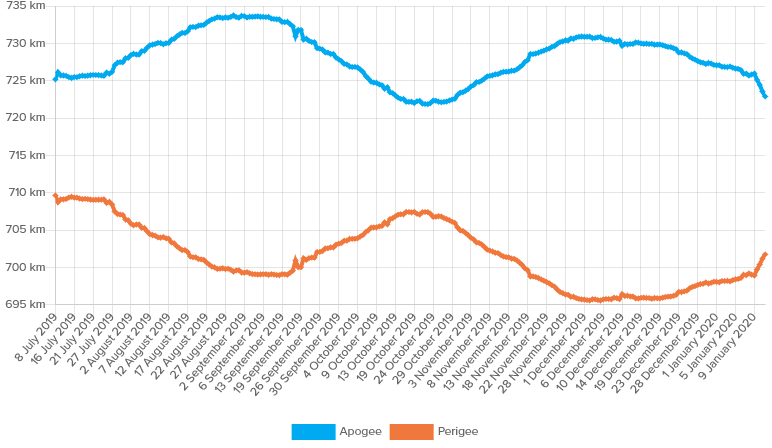
There are a couple reasons why the orbit goes through these cycles. Firstly, the Earth is an oblate spheroid, not a sphere. That means its diameter at the equator is about 42 km (26 miles) larger than at the poles. That makes the spacecraft experience precession, or wobbliness.
The second reason for LightSail 2’s apogee/perigee cycles is the Earth’s path around the Sun. That motion changes the angle between the Sun and the positions of the spacecraft’s apogee and perigee.
LightSail 2 is a great demonstration spacecraft, but it does have limitations. One of those is its single momentum wheel. The spacecraft uses that wheel to orient itself either parallel or perpendicular to the Sun’s rays, depending on whether its feathering its sails or actively sailing. Initially, ground crew were doing this manually, which was not efficient. Now they’ve automated the process, and the spacecraft is performing better as a result.
But throughout that process, the team learned one of their valuable lessons. Frequent changes in sail orientation imparts significant momentum to the spacecraft. One of the key technical challenges is managing that momentum.
Another lesson involves solar power. The solar sails are strictly for solar sailing. LightSail 2 has some very small solar panels which provides for the spacecraft’s meager power needs.
Its initial design called for small solar panels on both sides of the craft, but one side’s panels were removed to accommodate special mirrors required for laser-range-finding its exact distance from Earth. But now that there is solar power on only one side, sometimes those panels are shadowed by the sails. This leads to brownouts. The team has been able to work around that to some degree, by managing the spacecraft’s power usage and its attitude-control mode. But it’s a good lesson for future solar sail spacecraft.
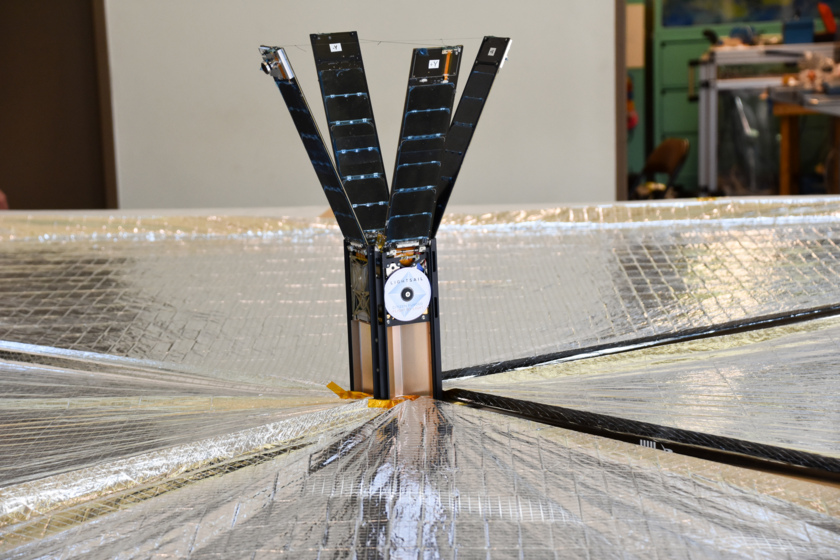
The LightSail 2 team has also added another mode to the spacecraft that they call the Sun-pointing mode.
The Sun-pointing mode will keep the spacecraft’s solar sail facing the Sun during its entire orbit. This will limit the re-orienting of the spacecraft to reduce the effect of frequent orientation changes that impart problematic momentum to the spacecraft by the momentum wheel. It also helps with battery charging by the solar cells, though it won’t reduce the orbital decay.
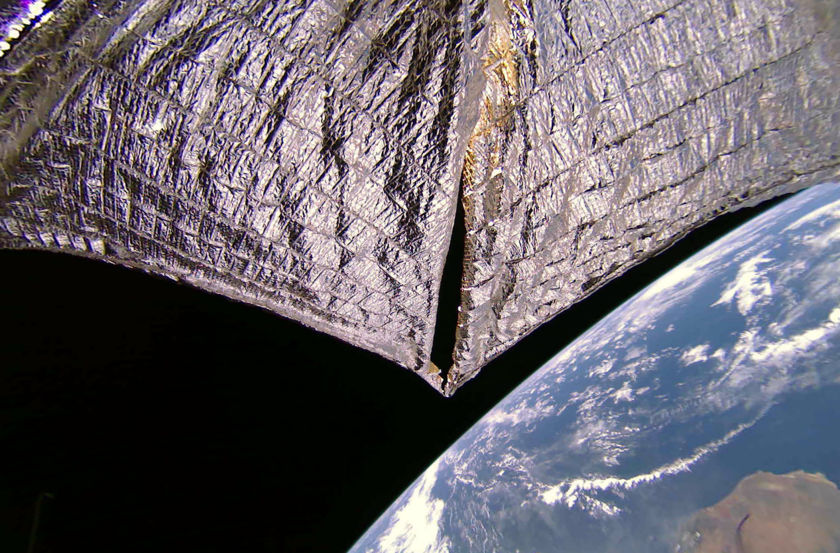
The new mode will also help with the spacecraft’s pointing accuracy, and will give it a more consistent starting attitude for on/off thrust maneuvers.
The Planetary Society intends to closely monitor the spacecraft’s orbital decay to see what effect the sails themselves have. This is largely for other teams studying how drag sails can be used to purposefully de-orbit spacecraft.
They’ll also continue to take pictures. The primary reason for the pictures is to monitor the state of the sails, but they’re nice eye candy, too.
You can find out more about LightSail 2 at The Planetary’s Society’s website. They’re a non-profit society, so you can join if you’d like to be a part of their mission. It’s a great way for citizens to contribute.
More:
- Press Release: Here’s What We’ve Learned So Far from LightSail 2
- Full Report: Orbit and Attitude Performance of the LightSail 2 Solar Sail Spacecraft
- The Planetary Society: The Story of LightSail, Part 1

